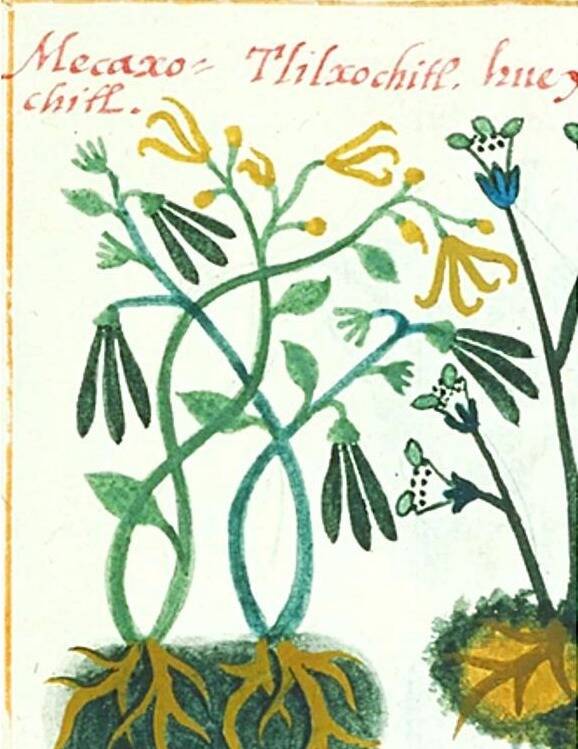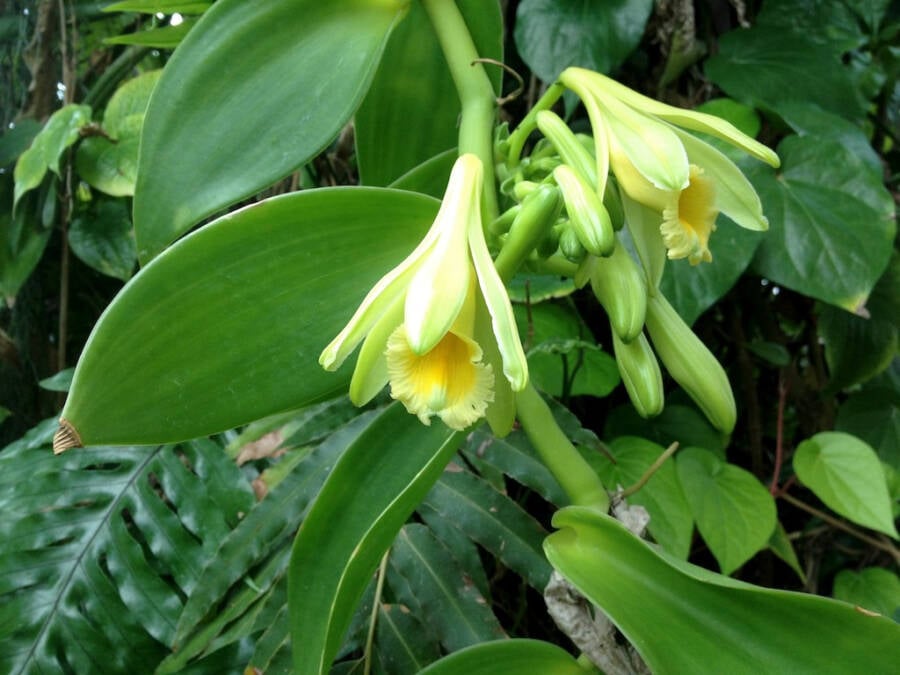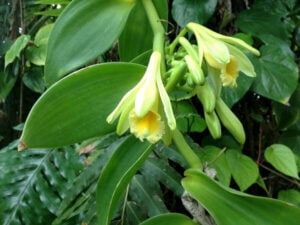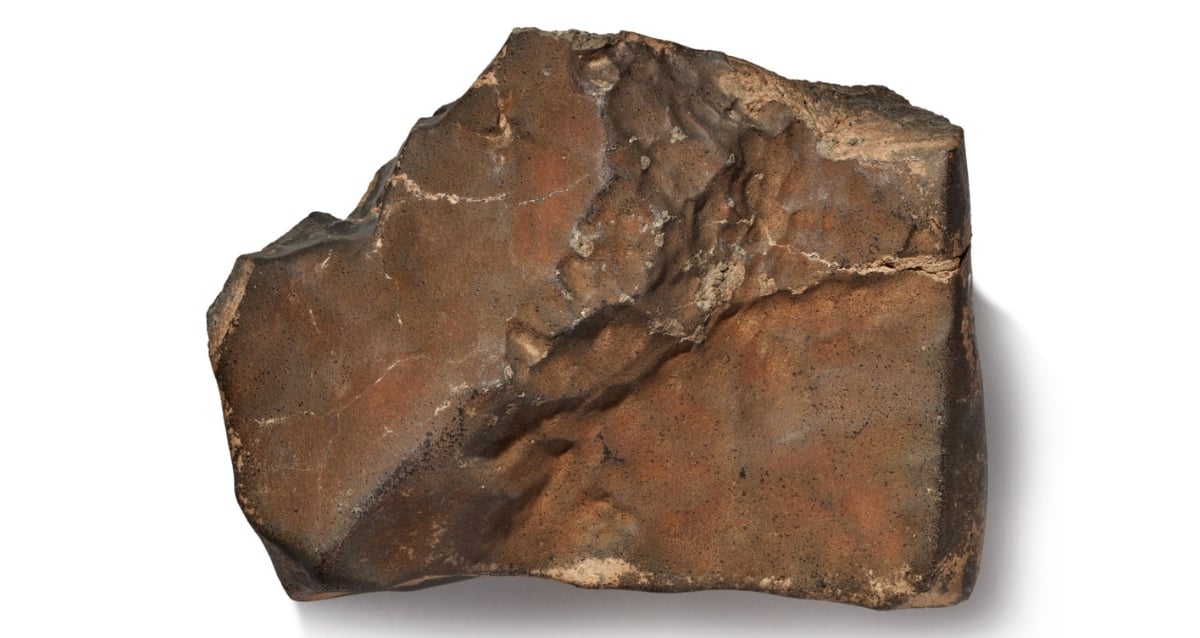“Secrets of the Past: Ancient Vanilla Pod Discovered in Prague Castle Rubbish Pile Reveals Surprising Culinary History”
The Origins Of Vanilla And Its Arrival In The Old World

J. Irmišová et al.An historical illustration of the vanilla plant.
The vanilla plant is native to Mesoamerica, largely in areas of Mexico and several surrounding Central American countries.
It was first largely cultivated by the Totonacs, a Mesoamerican culture that lived in the modern-day Mexican states of Veracruz and Puebla. After their defeat by the Aztecs in the 15th century, the Totonacs began paying tribute with vanilla. Soon, the Aztecs were using the plant to flavor their hot cacao beverages as well as other food and drinks.
Following the Europeans’ arrival in the New World, vanilla was exported to the Old World and used in the making of chocolate and other desserts. Its popularity exploded in the 17th and 18th centuries as it was included in popular desserts like cake and ice cream.
However, the sale of vanilla was not widespread across Europe in the 16th century, so how did it end up at Prague Castle?
In the 16th century, the Bohemian nobility that controlled Prague Castle was greatly influenced by the Habsburgs — Europe’s most powerful family, who controlled areas stretching from the Netherlands to Croatia. They soon began demanding a wealth of goods from the New World, including vanilla.

Wikimedia CommonsOriginally from Mesoamerica, the vanilla plant has since been cultivated in a number of regions across the world.
According to a study about the vanilla pod discovered in Prague Castle, recently published in the Journal of Archaeological Science: Reports, the Bohemian monarchs were inspired by the Habsburgs and likewise demanded access to the novel resources pouring in from the New World via the Columbian Exchange, eventually leading to the arrival of vanilla at Prague Castle.













